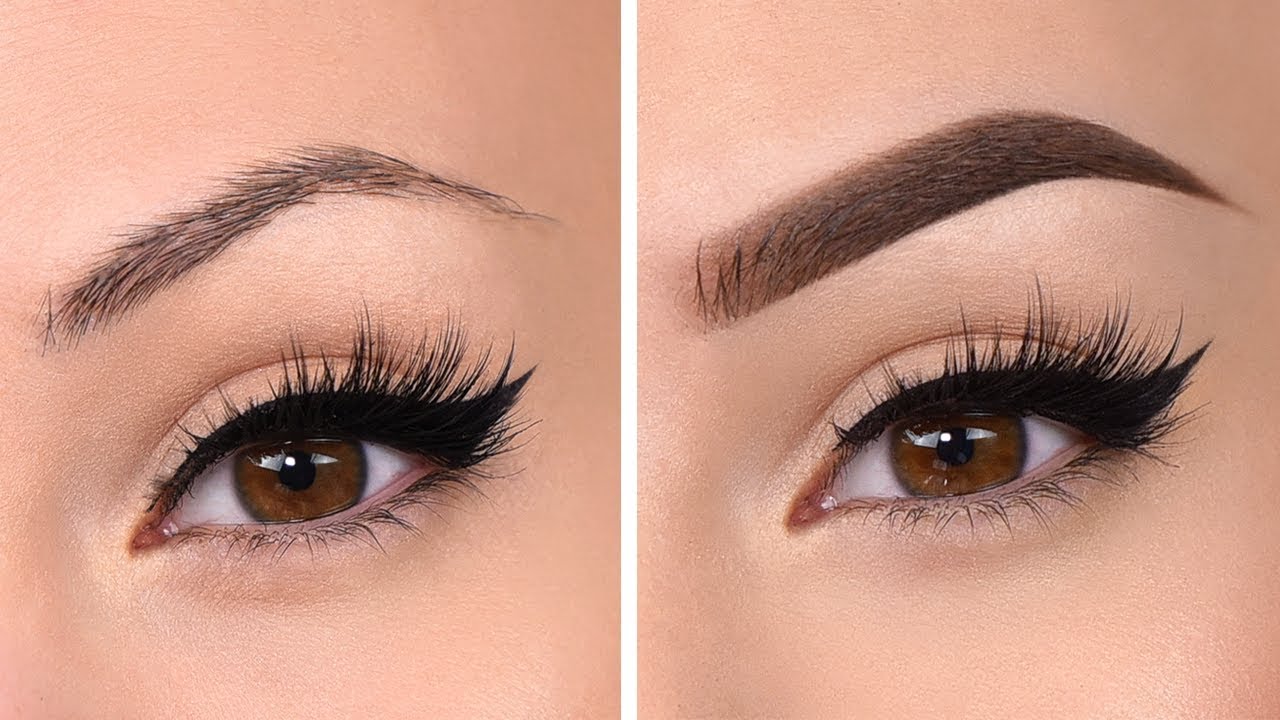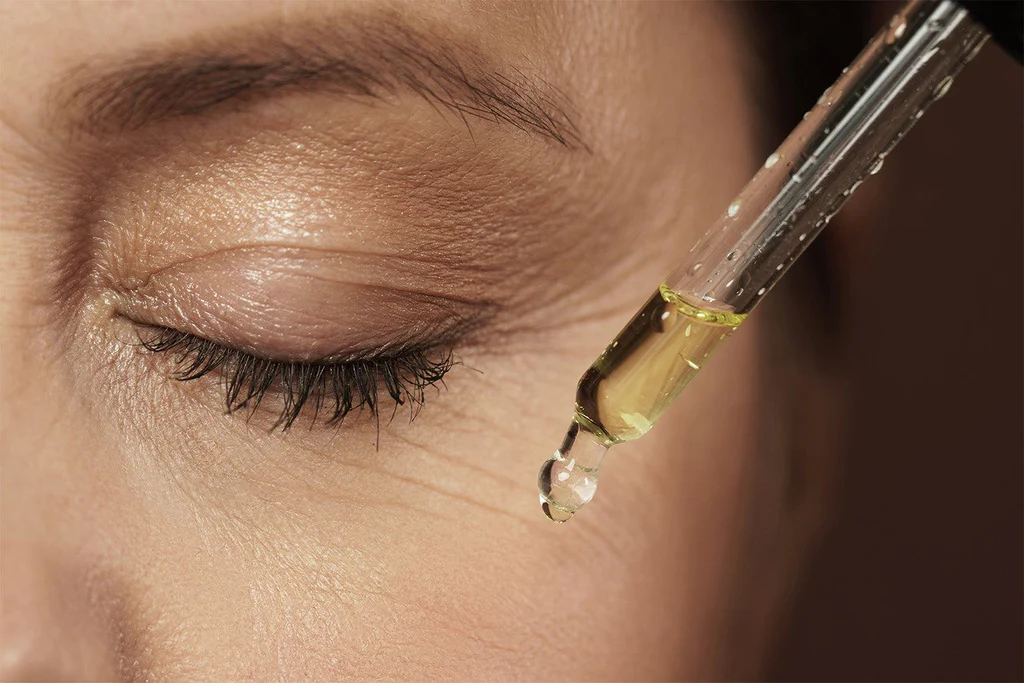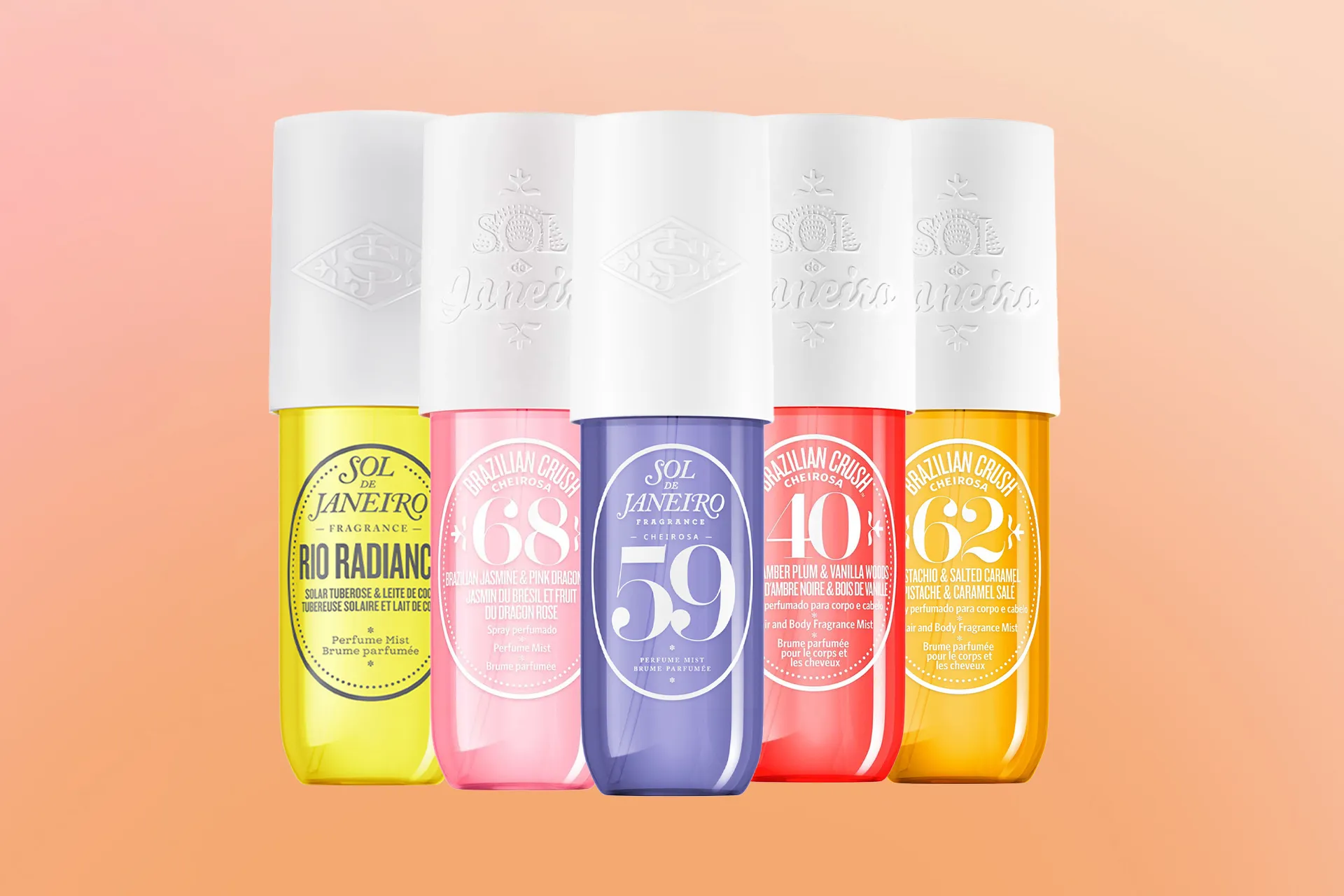
 By
Your Beauty Plug
By
Your Beauty Plug
Sugar waxing, also known as sugaring, is a popular form of hair removal that uses natural ingredients. It’s a cost-effective and eco-friendly alternative to traditional waxing. This article will answer some frequently asked questions about homemade sugar waxing.
Making homemade sugar for waxing involves creating a sticky paste, often referred to as sugar wax. The basic recipe involves three key ingredients: sugar, lemon juice, and water. Here’s a simple method:
The three primary ingredients for sugar waxing are granulated white sugar, lemon juice, and water. Some recipes may include other ingredients like honey or vinegar, but the basic recipe remains the same.
Granulated white sugar is the most commonly used type of sugar for waxing. It’s important to use granulated sugar as powdered sugar won’t work at all. Some recipes may also use cane sugar or even Canadian maple sugar.
Making sugar paste for hair removal is similar to making sugar wax. Here’s a simple method:
Yes, homemade sugar wax is generally safe. It’s made with natural ingredients and is less painful than traditional waxing. However, it’s important to test the wax on a small area of skin first to ensure you don’t have an adverse reaction.
Yes, you can make sugar wax without lemon. Alternatives to lemon include vinegar, apple cider vinegar, and orange juice. These alternatives have the same acidic properties as lemon and will work just as well in a sugar wax recipe.
While most recipes for homemade sugar wax include lemon juice or another acidic ingredient, it is possible to make a basic sugar wax with just sugar and water. However, this might not be as effective as recipes that include an acidic ingredient.
If your homemade sugar wax isn’t sticking, it could be due to a few reasons. One common issue is the wax consistency. If the wax is too runny or too hard, it may not stick properly. Another reason could be the application technique. Wax needs to be applied in the direction of hair growth and removed swiftly in the opposite direction.
The results of sugar waxing can last for around four to six weeks. This can vary depending on individual hair growth rates. Regular sugaring treatments can lead to slower and thinner hair regrowth over time.
Homemade sugar waxing is a natural, cost-effective, and eco-friendly alternative to traditional waxing. With just a few simple ingredients, you can create your own sugar wax at home. Always remember to test the wax on a small area of skin first to ensure you don’t have an adverse reaction. Happy waxing!




